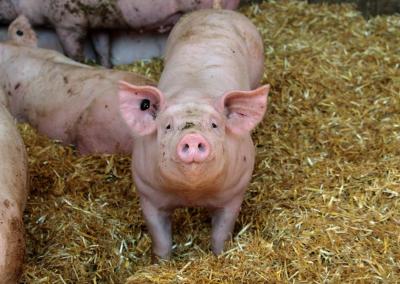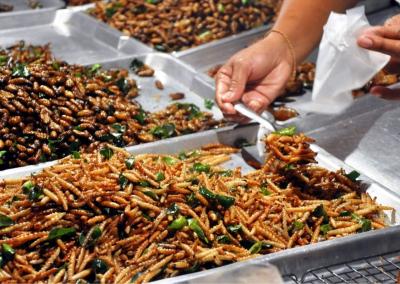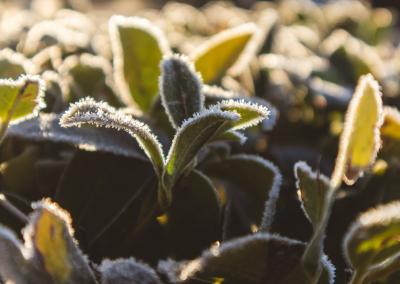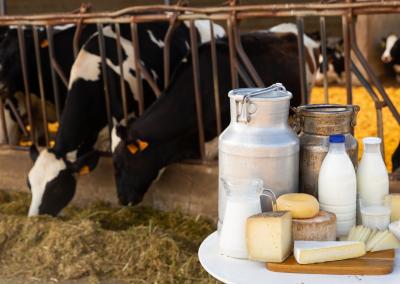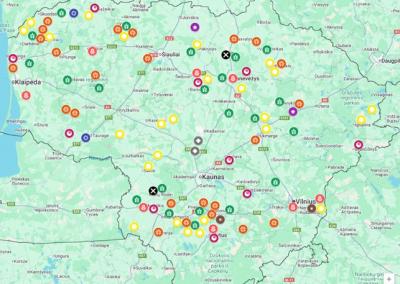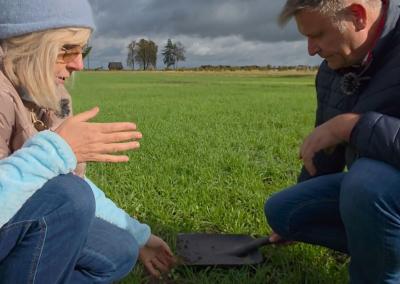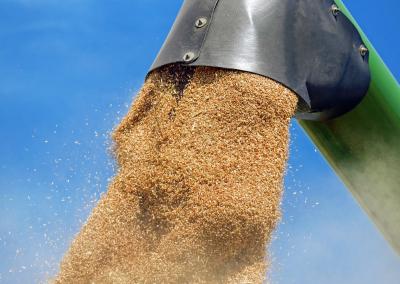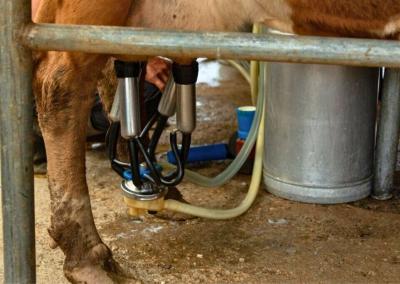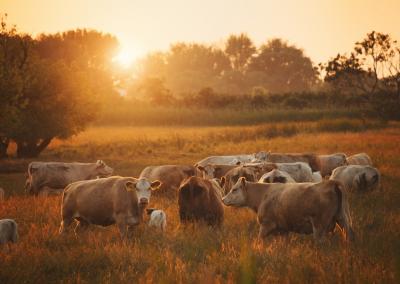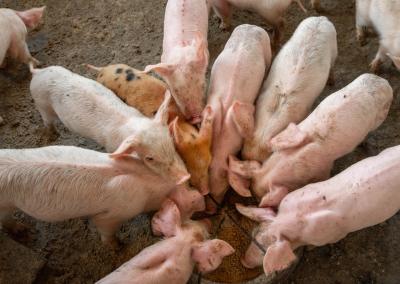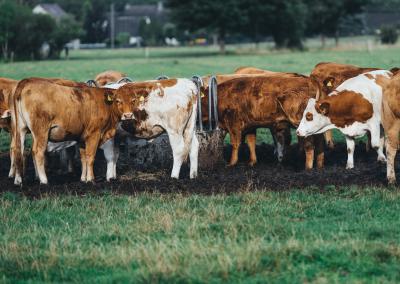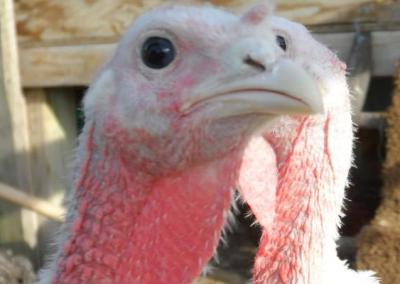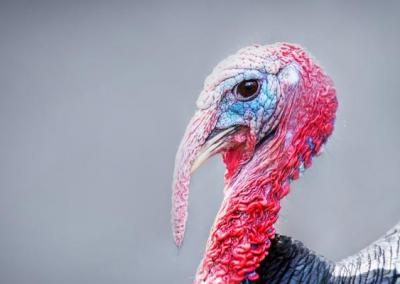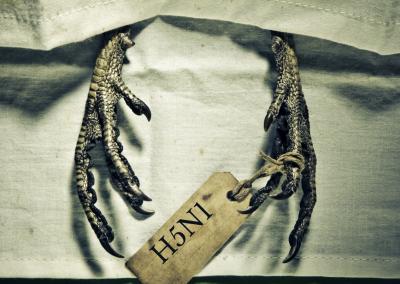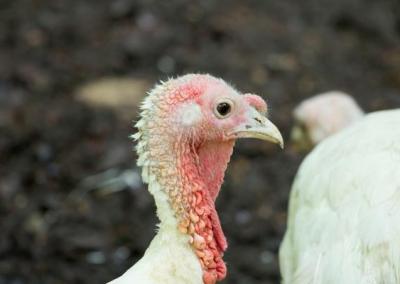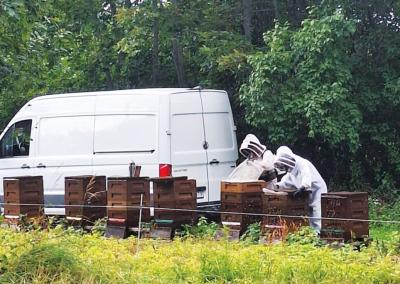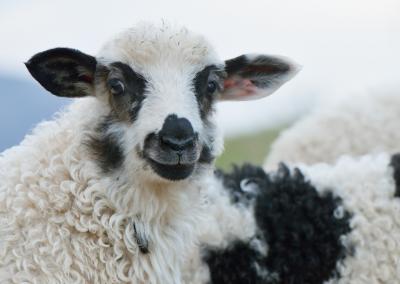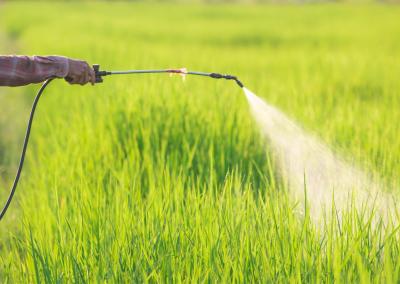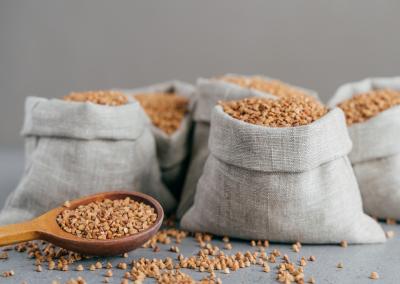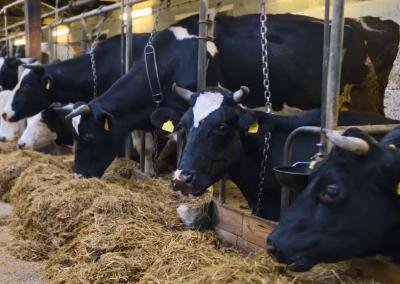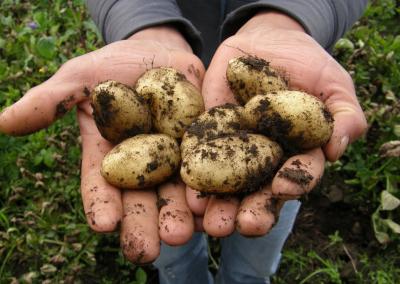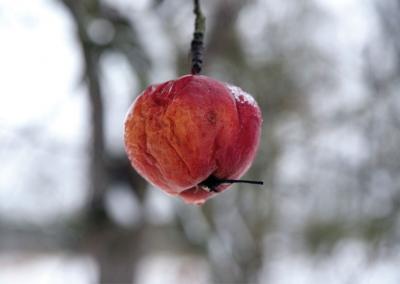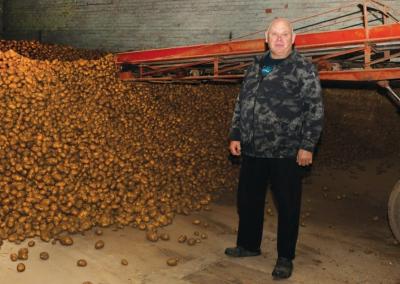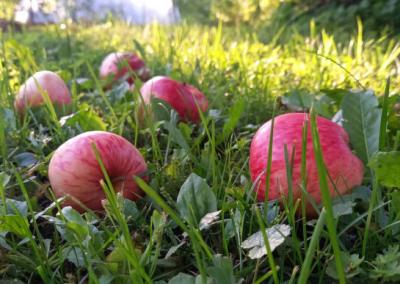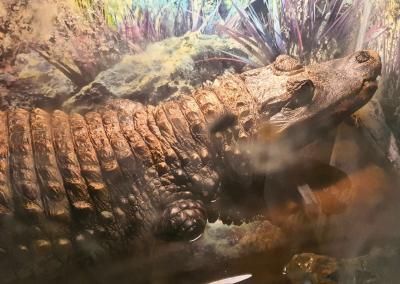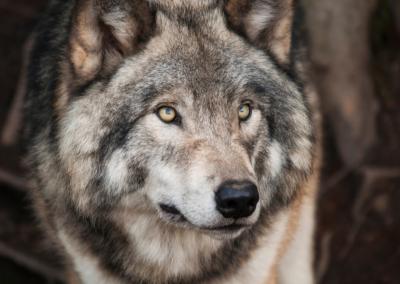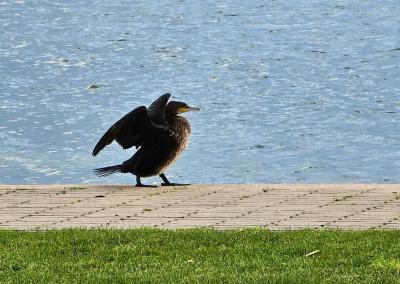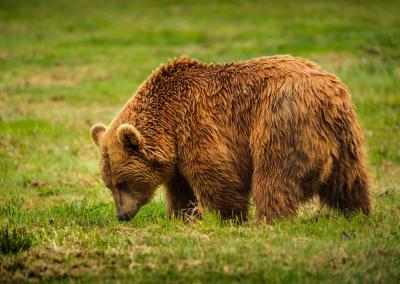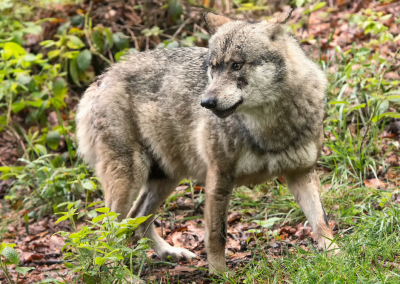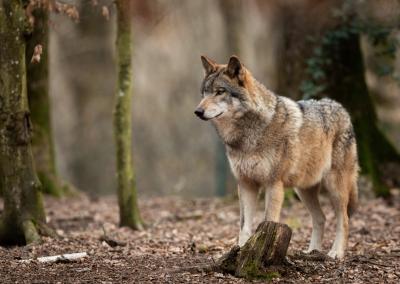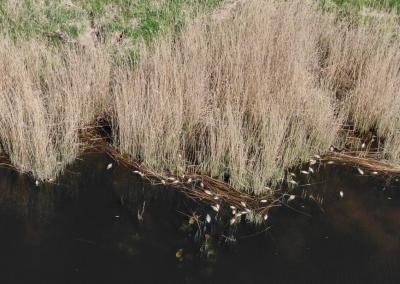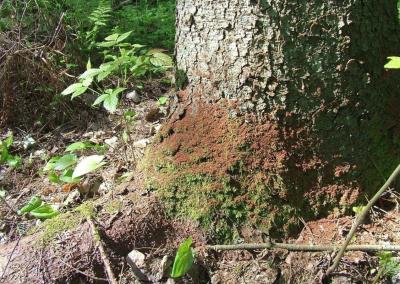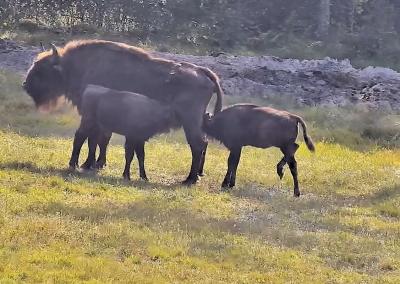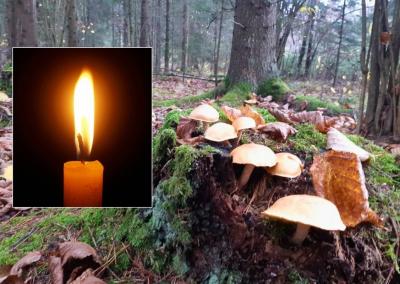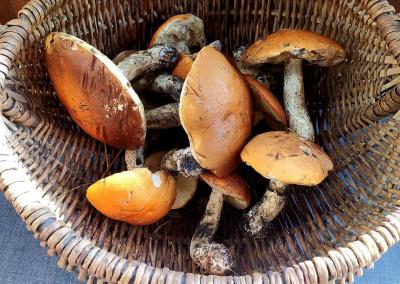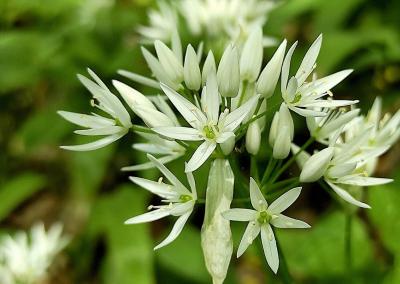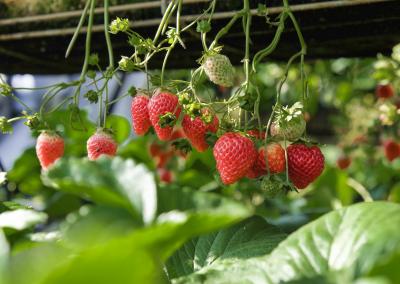Bear garlic. What is it good for and what can it do
What's good about bear garlic
In spring, bear garlic boosts the human immune system, which is weakened during the winter. Adding it to your menu in early spring can help you forget about vitamin deficiencies. Bear garlic contains 15 times more vitamin C than lemon or orange fruit. 250-300 grams of bear garlic meet a person's daily requirement for vitamin C. Thanks to its high phytoncidal content, wild bear garlic is an excellent antibacterial agent. The plant strengthens the protective properties of the whole body, enriching it with vitamins and making it stronger during infections and colds.
This valuable herb not only has a strong antiviral effect, but also normalises blood pressure, improves the condition of the skin, contains vitamin K, which improves eyesight, regulates calcium metabolism and prevents the accumulation of calcium salts in arteries. It contains the amino acid glycine, which has a positive effect on the gastrointestinal tract. Bear garlic helps prevent cholesterol build-up, stimulates the heart and improves metabolism.
Foreign medicine has long experimented with bear garlic. In the UK, Canada and Australia, pharmacies sell capsules containing dried powdered bear garlic. It is a food supplement that lowers blood pressure and blood sugar and relieves cramps. The preparations have a positive effect on the cardiovascular system. Spirituous extract of bear garlic is marketed in European countries as an antibacterial and antifungal agent.
The essential oil of garlic, which is abundant in this plant, has antiviral, antiparasitic, antibacterial and antifungal effects on skin and hair. Garlic is rich in beneficial antioxidants – e.g. beta-carotene (vitamin A provitamin), which stimulates the immune system. Or sulphur compounds, which act as lipid-lowering agents (lowering cholesterol), improving cardiovascular function and thinning the blood. Amino acids containing selenium have anti-carcinogenic effects and prevent the formation of cancer cells. The pectins in bear garlic remove toxins from the body.
Vitamins A, E, C and B from bear garlic are considered to be stimulants of the body's rejuvenation and to support beautiful skin, healthy hair and reproductive health.
In cooking, the aerial parts of bear garlic (leaves, flowers and cloves) and sometimes its cloves are used as a spice. The leaves and petioles can be eaten raw in spring, added to salads with sour cream, soups and pie fillings. The plant is an interesting addition to meat, fish and vegetable dishes as it enhances their aroma and flavour. Although it should be used with caution and not abused. It can also be prepared for winter storage by salting, pickling, pickling, drying and chopping in an airtight container for the winter.
How dangerous is bear garlic
Specialists recommend not to overdo it when eating bear garlic, which can cause insomnia, headaches, diarrhoea and other stomach problems if used indiscriminately. According to various sources, the daily intake of wild bear garlic should range from 10 to 22 leaves at each meal (breakfast, lunch, dinner).
For their part, those suffering from hepatitis, pancreatitis, gastric ulcers, gastritis, gastric acidity, colitis and other gastrointestinal diseases, epilepsy, cholecystitis and allergies should refrain from eating wild garlic. The powerful stimulating effect of this plant on digestion can adversely affect the functioning of the already diseased stomach and intestines. Due to its intense stimulating and irritating effect on the gastrointestinal mucosa, wild garlic should not be consumed by children under the age of three years. Bear garlic is also not recommended for those with blood problems, especially if the sufferer is currently taking blood thinners.
Wild garlic should not be eaten very much during pregnancy – only a couple of leaves. During lactation, eating wild garlic should also be avoided, as the plant changes the taste of breast milk and can cause the baby to refuse to pump.
It is not recommended to feed bear garlic to livestock, as it gives the meat an unpleasant taste and the milk of fed animals a reddish-yellow tinge. However, bear garlic has no adverse effect on the animals themselves or their health.
Another nuisance that bear garlic can cause – its leaves closely resemble those of some poisonous plants: hellebore, lily of the valley and cowslip. Inexperienced novices therefore run the risk of picking the wrong plant. But this is no longer the fault of the bear garlic, but of its foragers. The leaves of hellebores, lilies of the valley and late leaves contain toxic substances that are harmful to the body. Bear garlic differs from them by its strong garlic smell.
And bear garlic can also be bad for the wallet, as it is illegal to sell wild specimens picked in the forest, especially in large quantities. Fines are imposed: €10-30 for natural persons and €70-140 for legal persons.
Along with wild bear garlic, it is sometimes possible to catch a mite. The mite can then be sucked into a person, or the person may not notice the mite in the leaves and eat it with the wild garlic salad - but this also risks contracting tick-borne encephalitis. To detect a mite in the leaves you bring home, you need to carefully go through all the leaves at home and wash them thoroughly with running water.


